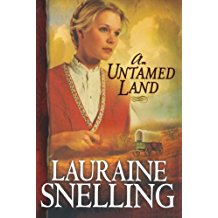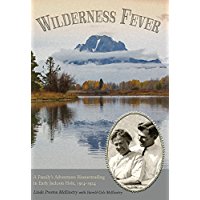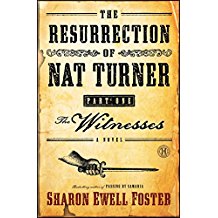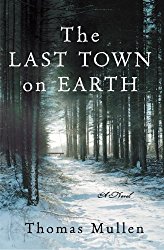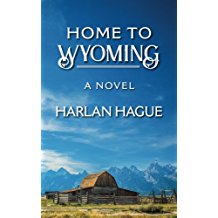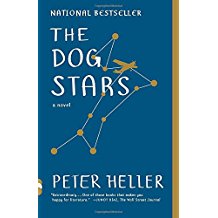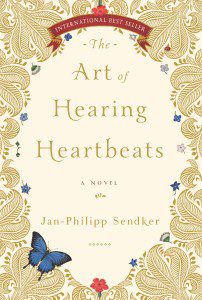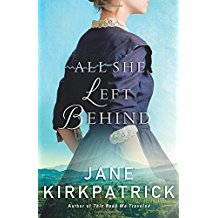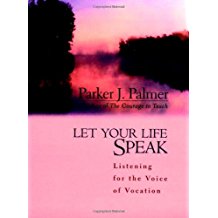An Untamed Land, the first of a series of six historical novels by Lauraine Snelling, describes the sacrifices, courage and dedication of America’s early settlers.
In 1880, Roald and Ingeborg Bjorklund and their little son leave their home and loved ones in Norway to seek free land in America. With them are Roald’s brother and pregnant wife.
The ocean passage is difficult, made even more so by the early birth of the baby. They finally arrive on the docks of New York city. The brothers work to earn money for the next phase of their journey. They save enough to purchase tickets on a series of trains that get them closer to their destination. Finally, they take a covered wagon for a rough overland journey to Dakota Territory. They settle on acreage along the banks of the Red River of the North.
The families find the Dakota Territory land harsh and difficult to plow, especially without the conveniences of more modern equipment, that though available is unaffordable for them. They live in the wagon, cooking on an open fire until they can build a soddy—a house made of sod bricks consisting of grass and densely packed roots that hold the soil together. By the time winter arrives, the six of them live in the cramped structure, thankful to be out of the bitter cold weather.
With grinding hard work the two families begin to build their adjacent farms, always working toward “proving up the land” accomplished by building a home and cultivating the land.
Our American pioneers are a constant inspiration to me: their hardships, their strong religious faith even in the face of tragedy, their struggle to bring civilization into their lives with schools and churches, and their never-ending toil with crops, livestock and weather. The Bjorklund families experienced sickness and death, but still they endured.
Lauraine Snelling, the prolific multi-award winning author of An Untamed Land (Red River North #1) has had more than 80 books published and her books are available in several languages. To learn more about this author, visit http://www.laurainesnelling.com/


